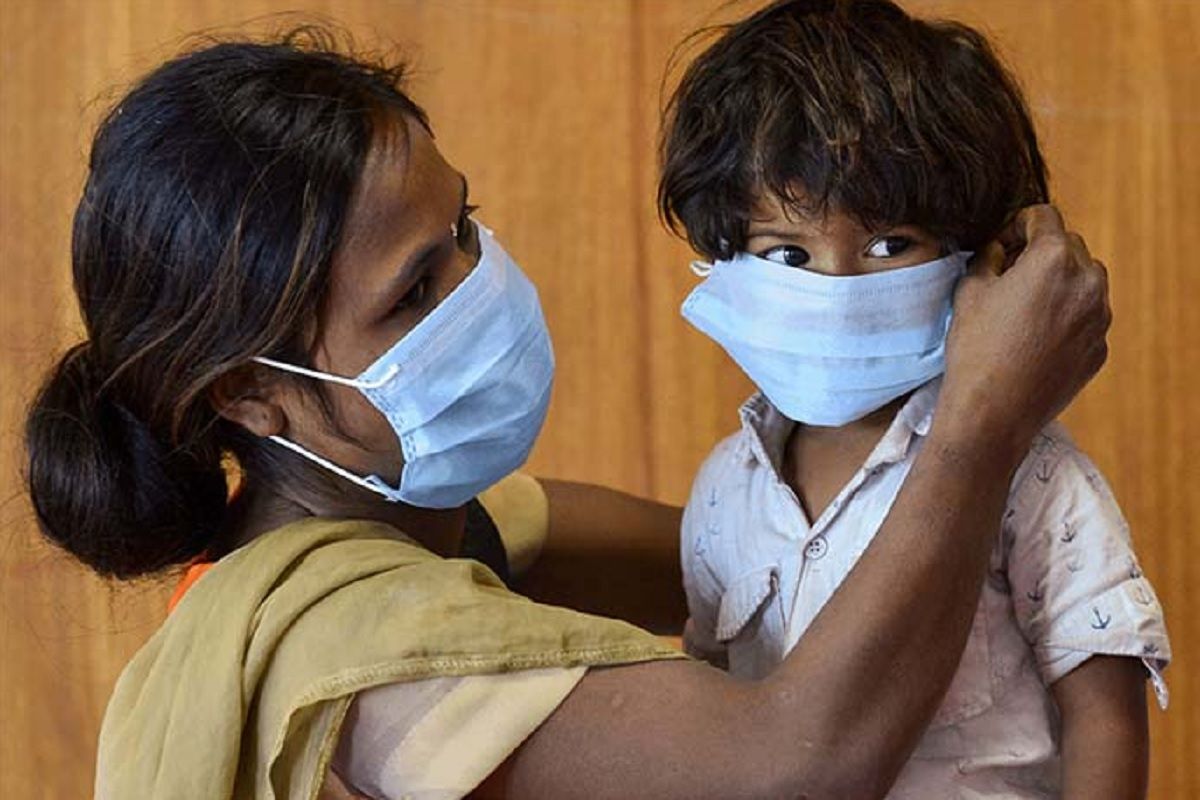New Delhi: The state of Karnataka is reeling under a serious threat of coronavirus pandemic. The state has imposed a series of stern curbs to contain the spread of the virus. The rising cases of the virus in Karnataka in the second wave has revealed that the double mutant Maharashtra strain (B.1.617) and UK variant (B.1.1.7) have virtually obliterated the previous strain dominant in the state (B.1.36.29).
According to a study by the Department of Virology at Nimhans — one of the 10 labs in the country carrying out genome sequencing of coronavirus strains. “The rapid displacement of B.1.36.29 by the UK and Maharashtra variants is suggestive of higher infectivity. The higher infectivity of the UK variant is known but it has to be established for B.1.617,” Prof V Ravi, former head of neurovirology at Nimhans who is working on Covid 19 genomics at the lab said to the Indian Express.
“In terms of clinical behaviour, the virus is the same. We are seeing more severe cases because we are seeing five times the number of cases seen earlier. The severity has nothing to do with mutants. There is absolutely no evidence,” Ravi said added.
The Nimhans study has found the B.1.617 strain in 36 of the 69 (52%) positive samples collected between March and end-April, and B.1.1.7 in 19 of them (27.5%), Indian Express reported. It is important to note that that the study is yet to be published.
The study also revealed that from December 2020 to early March 2021, the dominant variant in Karnataka was B.1.36.29, which has been in circulation since March 2020
“In Delhi and Punjab the UK variant is a problem and in Maharashtra and 16 other states the B.1.617 double mutant has become a problem,” Ravi said, adding there are “about 34 different lineages” in circulation and stressing the need to increase the sample size and scope of the genome study.
According to the Nimhans study, which was shared by Ravi during a recent talk, the UK variant and the Maharashtra double mutant were in community transmission in Bengaluru by the end of March; “50 per cent of sequences in south Bengaluru in the last week of March (were) the Maharashtra variant”, it said.
The previously dominant strain in Karnataka, B.1.36.29 emerged during the lockdown last year. By end February 2021, it was prevalent in 20-30% of cases, as per the Nimhans study.
According to a Indian Express report, Ravi said the second wave would affect all the states and a third wave would come later in the year. “My prediction is that it will be between October and December. We are in it for the long haul unless we change our behaviour and unless our leaders change their behaviour… All variants or no variants do not make a difference if you wear masks. They do not penetrate masks.”
The scientist cautioned that children could be hit the worst in the third wave. “We are immunising the elderly, middle-aged and the young but there is no vaccine for children. The virus will always find a susceptible host,” Ravi said, adding that he has been advising the government to set up paediatric ICUs.
